Winnipeg Rh Laboratory
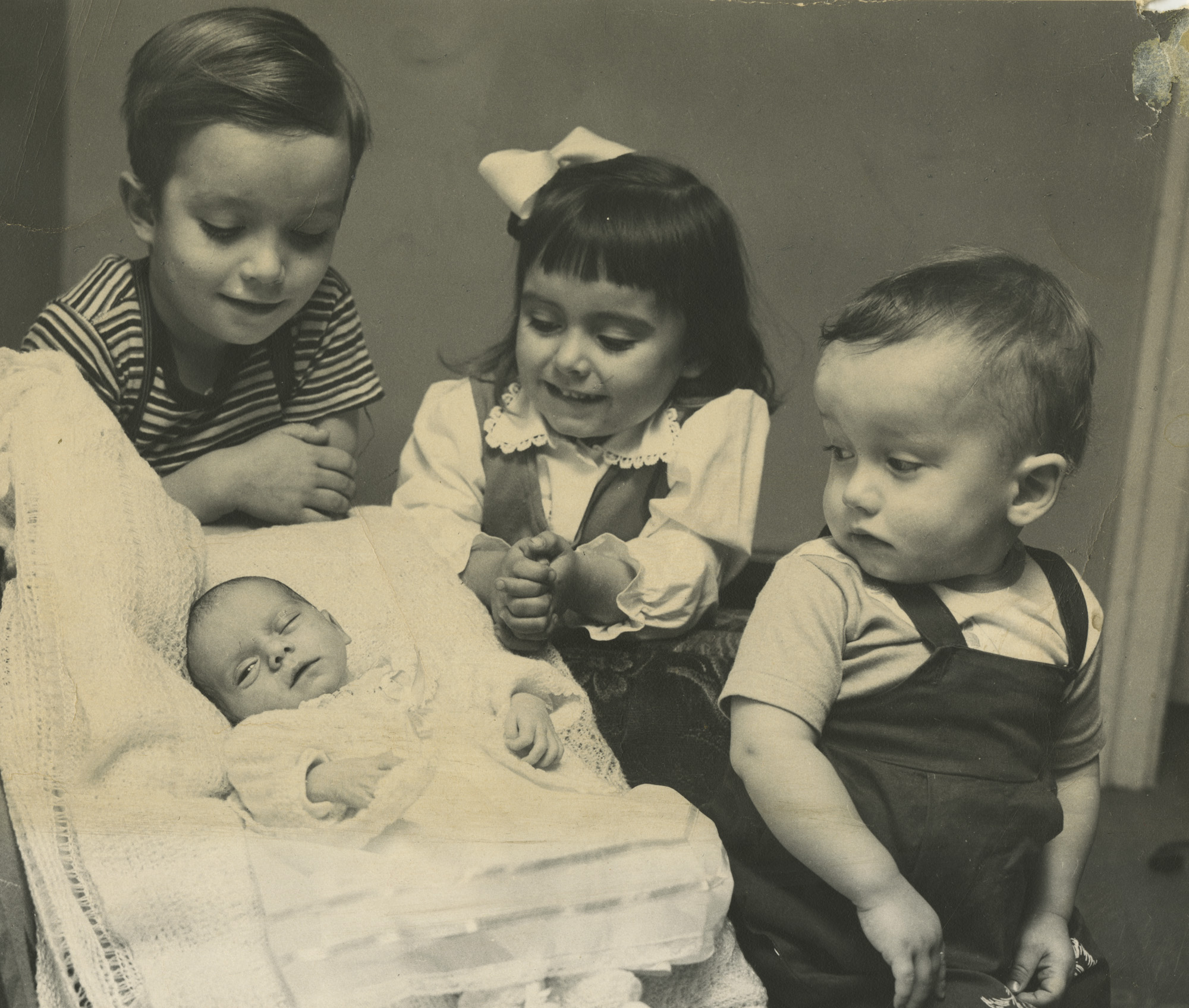
Newborn Theresa Ann Seepish, who had her Rh blood replaced via transfusion by Dr. Bruce Chown, surrounded by her siblings (left to right): Kenny, Linda, and Frankie Seepish.
University of Manitoba College of Medicine Archives
Rh Disease
Rhesus (Rh) Disease, or Haemolytic Disease of the Newborn, occurs in pregnancy with an Rh-negative mother and Rh-positive father. In an Rh-negative mother's pregnancy with an Rh-positive fetus, she will develop antibodies as a defense mechanism against the "foreign" Rh-positive blood. The mother's antibodies can destroy the baby's Rh-positive blood and can result in stillbirth, prematurity, or death just after birth. The mother's chance of developing antibodies harmful to the fetus increases in subsequent pregnancies.
As a result of Rh disease, the unborn child may become anemic and jaundiced, or develop immune hydrops fetalis (swelling of the body), which seriously threatens the life of the fetus or baby.1
Winnipeg Rh Lab
The Winnipeg Rh Laboratory was established in 1944 by Dr. Bruce Chown for bloodgroup and bloodgroup antibody research, focused on Rh disease. The lab was originally located in the basement of the Children's Hospital, and later, the Women's Pavilion of the Winnipeg General Hospital (now the Health Sciences Centre). The staff consisted of Dr. Chown and laboratory technician Marion Lewis.2
Dr. Chown and Marion Lewis' groundbreaking research made it possible for many babies to survive Rh disease. Once a devastating disease, Chown and Lewis' research allowed doctors to test for a mother's antibodies and effectively block the harmful interaction. In the early days, blood transfusions took place just after birth, and later, before birth, to rid the baby's body of antibodies.
The Rh Lab was one of the first units in North America to add amniotic fluid spectrophotometry (1961) and intrauterine fluid intraperitoneal transfusions (1964) to Rh alloimmunized women and fetus.3
The Rh Lab is a world leader in bloodgroup and antibody bloodgroup research, as well as Rh management and prevention.
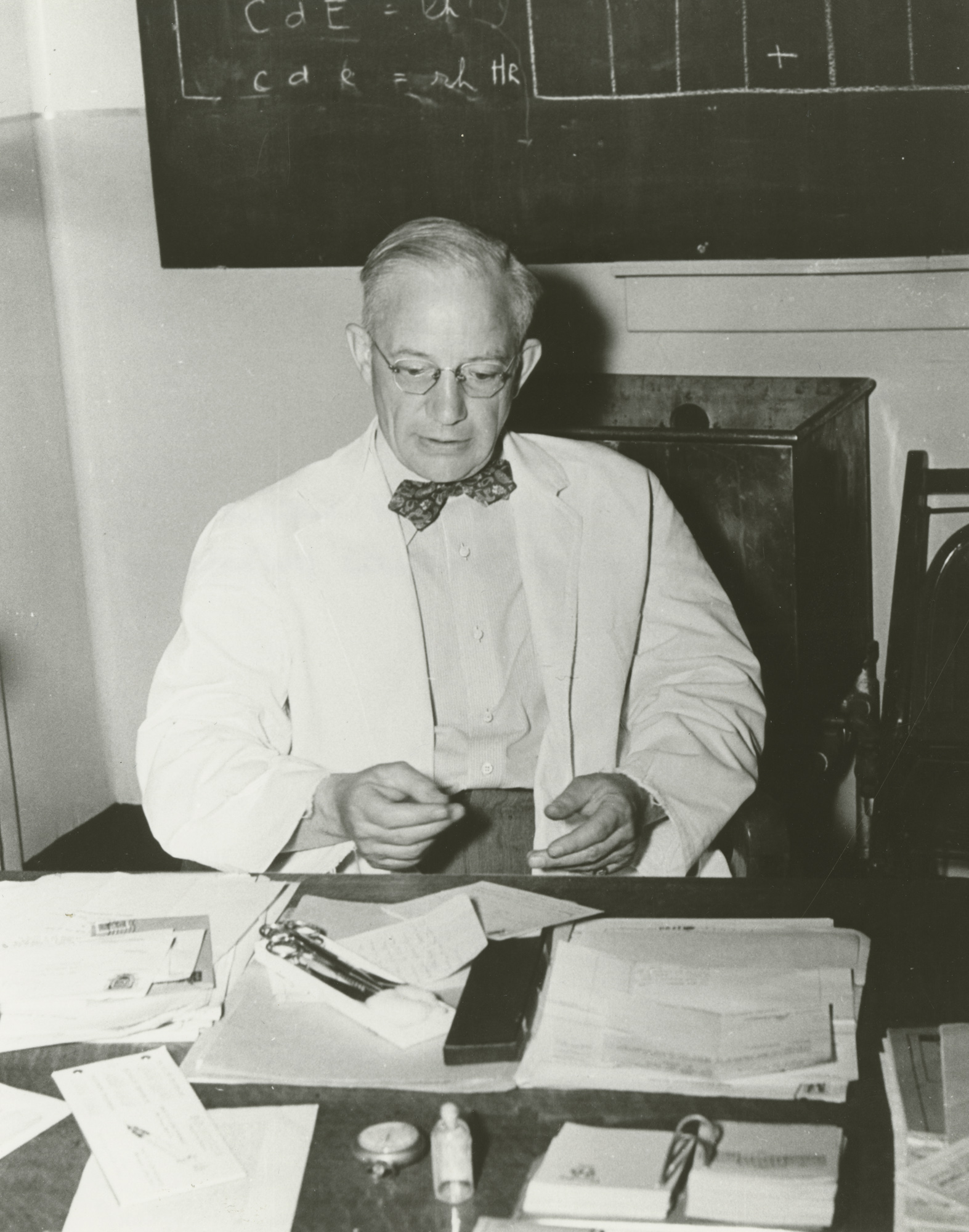
Dr. Bruce Chown at his desk, 1945
MPC.1.0.54G, University of Manitoba College of Medicine Archives
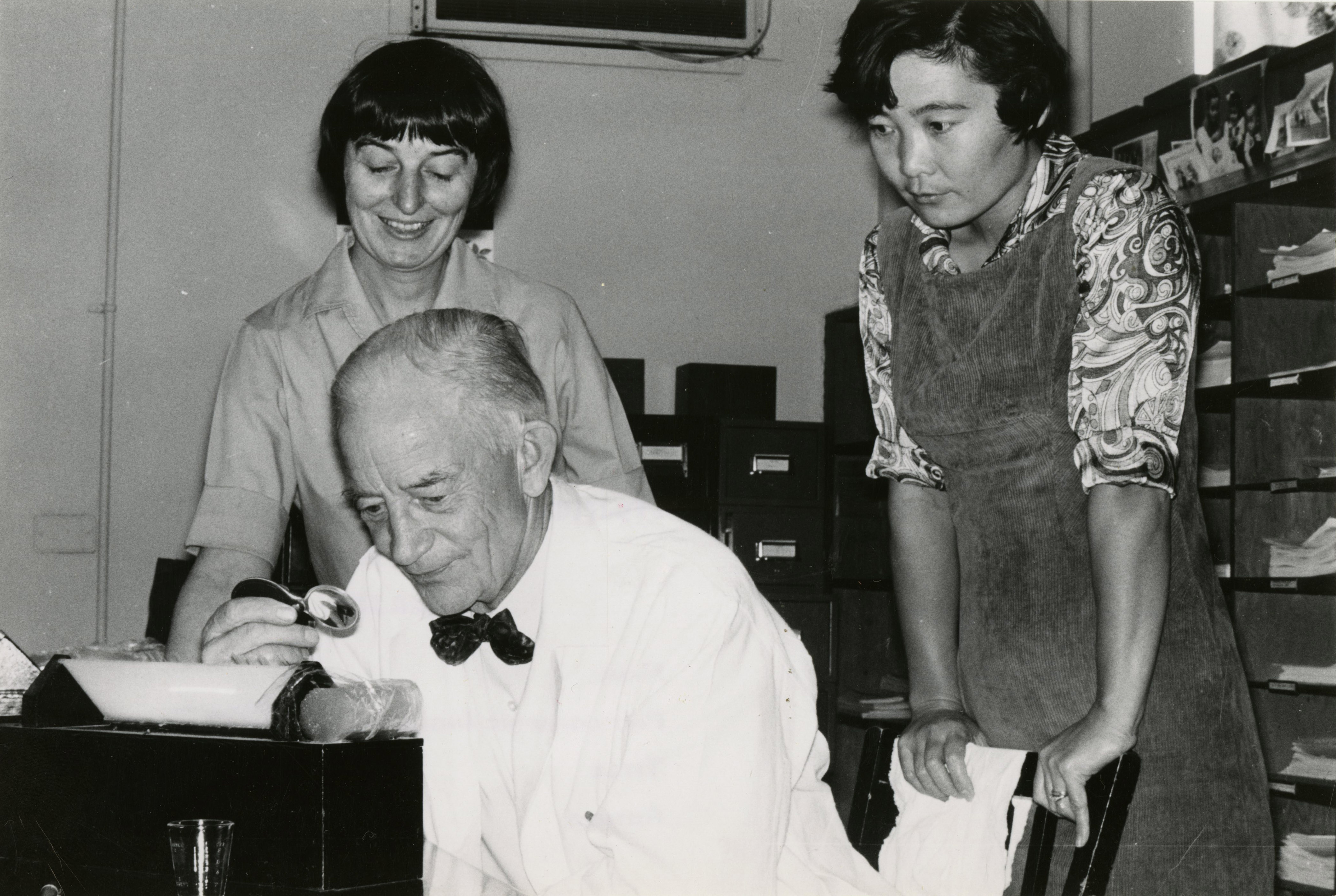
Dr. Bruce Chown with Marion Lewis (left) and Hiroko Kaita (right)
MPC.2.0.157A, University of Manitoba College of Medicine Archives
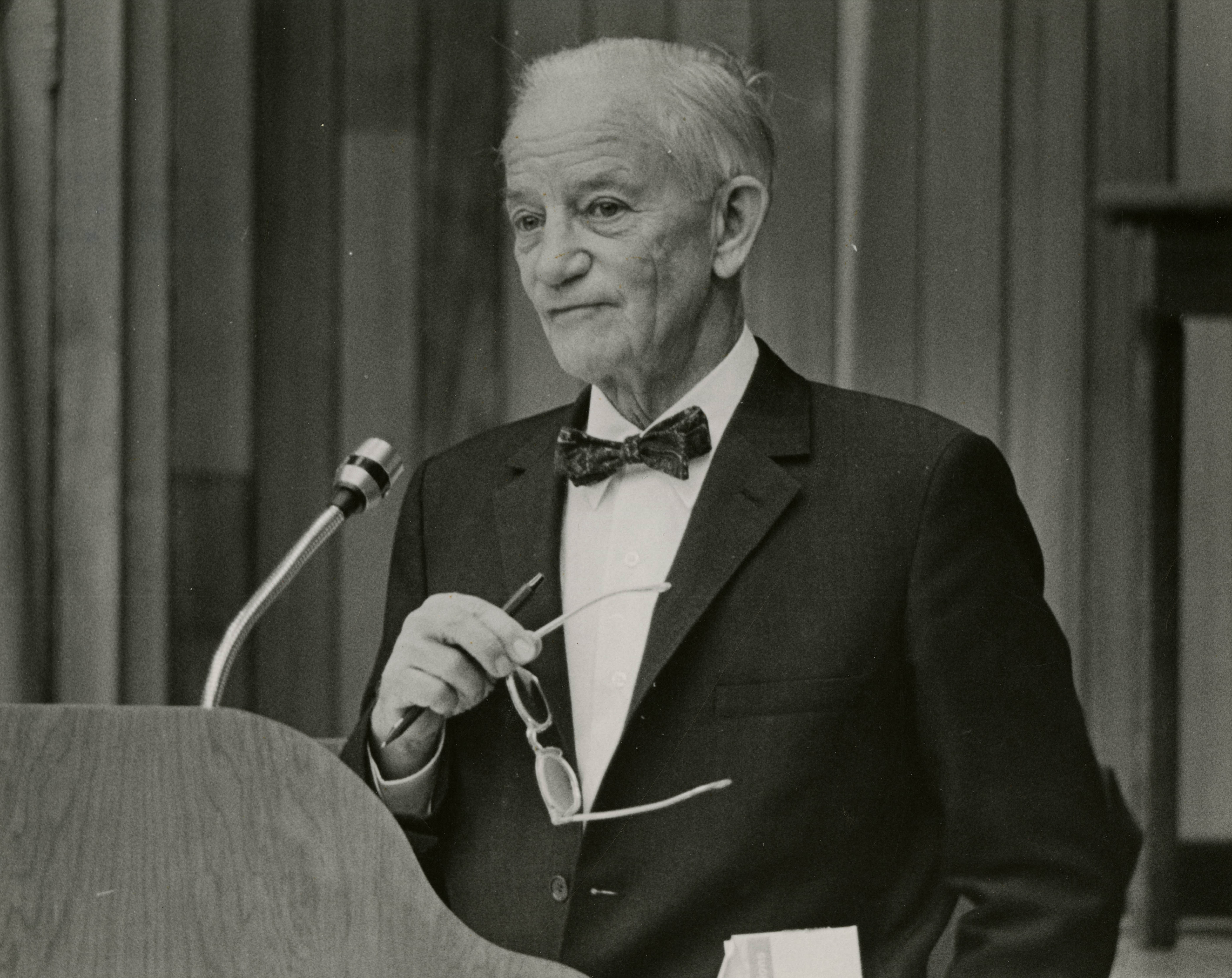
Dr. Bruce Chown
MPC.1.0.54N, University of Manitoba College of Medicine Archives
Dr. Bruce Chown
Dr. Bruce Chown began work at the University of Manitoba in 1925, assuming a number of positions, including Head of the Department of Pediatrics, the first in Canada. In 1944, he received a grant of $1,200 from the Canadian National Research Council to study Rh Disease. With this money, he hired Marion Lewis and established the Winnipeg Rh Laboratory.4
Dr. Chown, as Director of the Winnipeg Rh Laboratory from 1944 to 1972, spent much of his time researching erythoblastosis fetalis (Rh Disease). Early delivery of infants affected by Rh Disease was well documented by Chown by 1958.5
After Dr. Louis Diamond (Boston Children's Hospital) developed a method of providing a blood transfusion to newborns with Rh Disease, Chown brought the method to Winnipeg. He performed the first exchange transfusion in 1945. This was the medical standard until 1963, when Dr. William Liley of New Zealand performed the first intrauterine blood transfusion.6
Later, Chown, along with Dr. John M. Bowman and Dr. Alvin Zirpursky, developed an Rh antibody processed from the plasma of Rh negative women, which produced an Rh immune globulin. Chown organized clinical trials of the Rh immune globulin, which was licensed for use in Canada in 1968. With this discovery, mothers could receive treatment for Rh disease before birth.7
Chown retired in 1977 and later passed away on July 3, 1986.
Dr. Jack Bowman
Dr. John (Jack) Bowman graduated from the Manitoba Medical College in 1949. In 1957, he joined the Pediatric Department in the Manitoba Medical Clinic. At the same time, he accepted a position working part-time with Chown in the Winnipeg Rh Lab, as well as becoming a part-time member of the Department of Pediatrics at the University of Manitoba
Dr. Bowman, Chown's successor, took over as Medical Director of the Winnipeg Rh Lab in 1961. In 1967, he left the Manitoba Medical Clinic to become a full Professor of Pediatrics at the University of Manitoba.8
Bowman is associated with performing fetal transfusions. With the advent of fetal transfusions, babies did not have to be born before receiving a blood transfusion. The first fetal transfusion in Canada took place in 1964, performed by Bowman and Dr. Rhinehart Friesen. Bowman also developed advanced diagnostic techniques, which allowed health professionals to predict the Rh disease status of unborn babies by examining amniotic fluid (amniotic fluid spectrophotometry). Further, he developed a Rh immune globulin (WinRho) using human blood plasma, which is still considered standard medical practice.9, 10
Bowman passed away in 2005.
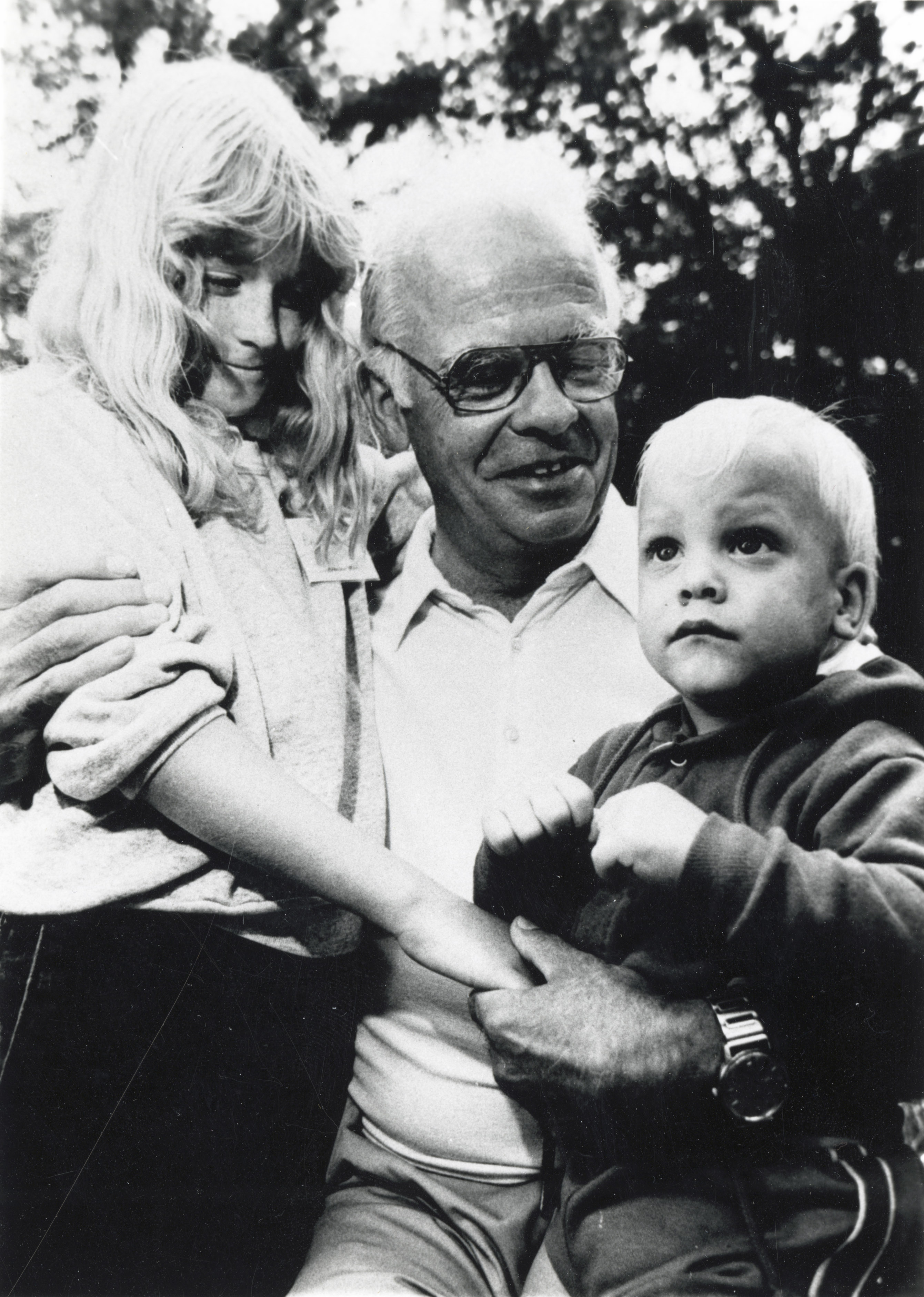
Dr. Jack Bowman with two patients, Angela Graham and Douglas Seidlik.
MPC.1.0.03.34A, University of Manitoba College of Medicine Archives
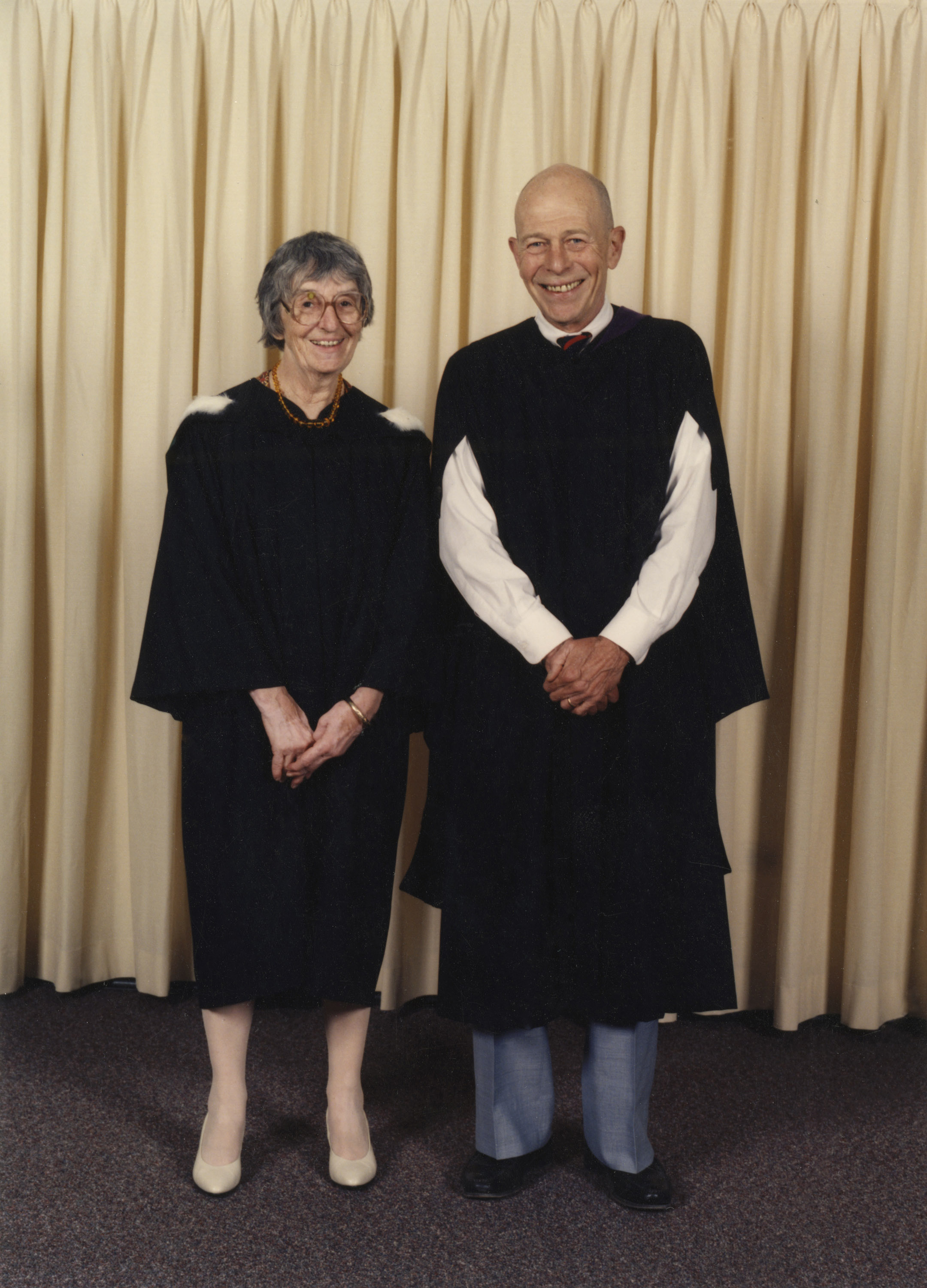
Marion Lewis with Dr. Nicholas Anthonisen, Dean Emeritus and Professor of Medicine (University of Manitoba)
MPC.1.0.262B, University of Manitoba College of Medicine Archives
Marion Lewis
Marion Jean Lewis was born in Windsor, Ontario in 1925. In 1943, she graduated from Gordon Bell High School in Winnipeg, Manitoba and went on to train as a medical technician at Winnipeg General Hospital. In 1944, she and Dr. Bruce Chown opened the Rh Laboratory in Winnipeg to study and eradicate Rh disease. While Dr. Chown retired in 1977, Lewis continued on in the field of blood group gene mapping and eventually branched out into the field of genetics. She and her colleagues at the Rh Laboratory, including Hiroko Kaita, became internationally renowned for their work.
Lewis also taught at the University of Manitoba. Even though she only possessed a Bachelor of Arts degree, her experience and expertise allowed her to rise through the ranks. From 1973 to 1977, Lewis was Assistant Professor in the Department of Pediatrics in the Faculty of Medicine at the University of Manitoba. In 1977, she was promoted to Associate Professor. In 1984, she was promoted to full Professor in the Department of Pediatrics, and two years later became a Professor in the Department of Human Genetics. Over the years, she authored, or co-authored, over 100 articles.
Throughout her career, Lewis has been given a number of awards and honours. In 1971, she was awarded the Karl Landsteiner Memorial Award by the American Association of Blood Banks (AABB) and in 1986, the Teddy Award for Research from the Children's Hospital in Winnipeg. In 1986, she received an honourary D.Sc from the University of Winnipeg and in 1993 was named a Fellow of the Royal Society of Canada (Academy of Science). In 1995, she was given the Emily Cooley Memorial Award by the AABB and, in 1996, was named Professor Emeritus by the University of Manitoba.
Dr. Alvin Zipursky
Dr. Alvin Zipursky began his medical training at the University of Manitoba medical school in 1949. After graduating, he spent time in Cincinatti and Salt Lake City before returning to Winnipeg in 1957. He accepted a position as a pediatric hematologist in the Departments of Biochemistry and Pediatrics and as staff of the Winnipeg Children's Hospital. In 1960, he was appointed Medical Director for the Blood Transfusion Service of the Canadian Red Cross Society in Winnipeg.11
Dr. Zipursky made great strides studying the pathophysiology of Rh disease. He demonstrated Rh immunization was caused by fetal red blood cells in the mother's blood. By determining that primary immunization of Rh disease occurs during delivery and secondary immunization occurs during a subsequent pregnancy, clinical trails of Rh immune globin were run. This led to around ninety percent prevention of the disease. Dr. Zipursky later developed antepartum prophylaxis to prevent immunization before delivery. This advancement led to ninety-nine percent prevention of the disease.12
In 1967, Zipursky founded the Pediatrics Department at McMaster Medical School in Hamilton, Ontario.
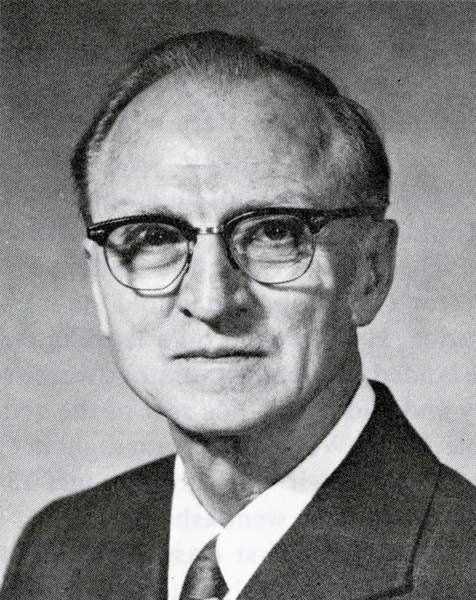
Dr. Rhinehart Friesen
Dr. Rhinehart Friesen graduated from the University of Manitoba as an M.D. in 1944. After serving time in the Royal Canadian Army Medical Corps, he accepted the position of Medical Director of the Manitoba Cancer Relief and Research Institute, a position he held until 1953. From 1957 to 1979, Dr. Friesen worked in the Obstetrics and Gynecology Departments at the Winnipeg General Hospital, St. Boniface Hospital, and Grace Hospital.
Friesen worked closely with Bowman to provide intrauterine transfusions. He devoted much research towards blood transfusions, specifically centered around preventing Rh disease.
Friesen retired in the 1980s to write two books, Almost an Elephant and A Mennonite Odyssey, as well as numerous publications. Friesen passed away in 2009.13
